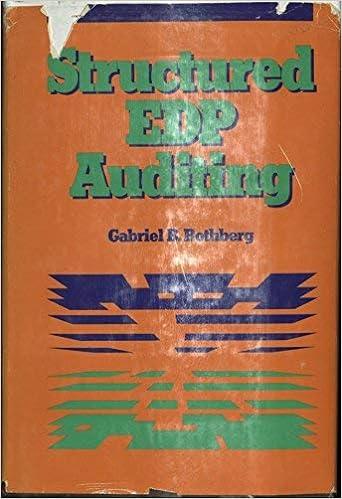Question
On January 2, 2017, the IRS assessed $150,000 in tax, interest and penalties against Sid. Sid had real estate worth $200,000, as of March 4,
On January 2, 2017, the IRS assessed $150,000 in tax, interest and penalties against Sid. Sid had real estate worth $200,000, as of March 4, 2017. On June 8, 2017, the IRS properly filed a valid a Notice of Federal Tax Lien ("NFTL") against Sid. The NFTL attached to all Sid's property. As of March 4, 2018, Sid's tax outstanding tax liability was $153,000 (because of the accrual of $3,000 of interest). On September 5, 2019, Sid sold his real estate to Eddie. Eddie was a bona fide purchaser and paid Sid $210,000 for the real estate. Consider this statement:
Since Eddie was a bona fide purchaser and paid full value, he owns the real estate he purchased from Sid free and clear of any federal tax lien.
Question: which of the following most accurately describes the above statement?
The statement is true. The statement is false.
The statement is true because the real estate was transferred at an arms length price, and thus has a superpriority over the NFTL.
There are not enough facts to determine if the statement is true or false.
The statement is false; however, since the IRS will never foreclose against on real estate it makes no difference.
Step by Step Solution
There are 3 Steps involved in it
Step: 1

Get Instant Access to Expert-Tailored Solutions
See step-by-step solutions with expert insights and AI powered tools for academic success
Step: 2

Step: 3

Ace Your Homework with AI
Get the answers you need in no time with our AI-driven, step-by-step assistance
Get Started


